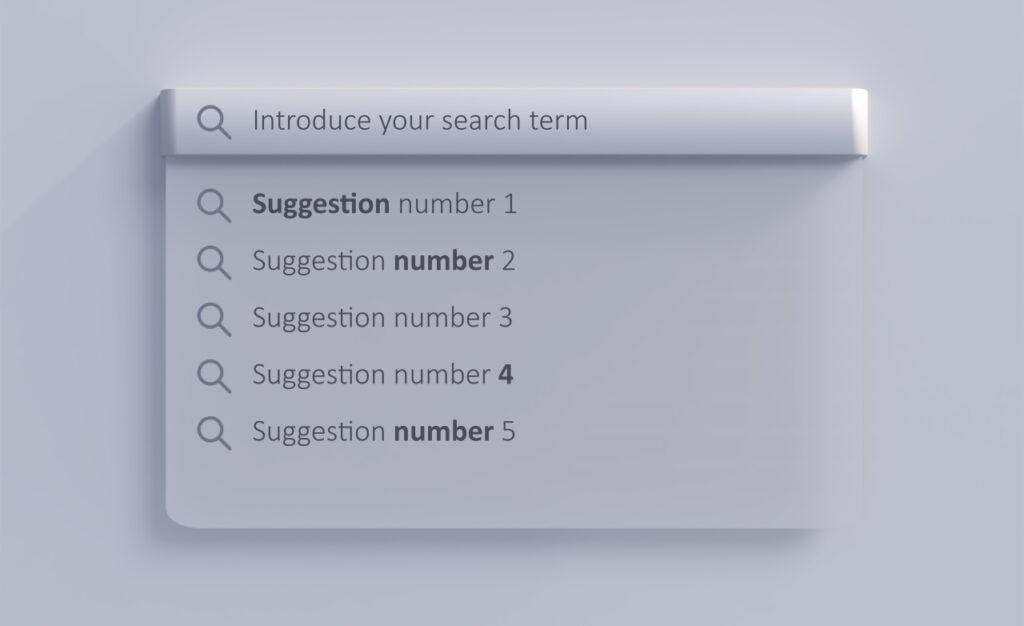You may think personalized merchandising is all about adding customer-specific designed products, but there is a lot more to the term, depending on the context. You may not understand the actual benefits of the e-Commerce industry and personalized merchandising without fully grasping its concept.
Every retail business owner should know how to personalize their merchandise, but there is much more to it because customers often choose from a wide range of options. You will find plenty of physical and strategic challenges when addressing problems like these.
Adding a search option on your site and personalized merchandising can help you unlock your business’s true potential. However, the big question is, how do you do it? Let us begin by assessing the advantages of merchandising.
Benefits of Real World Personalized Merchandising: Learning More
The global e-Commerce market stands at $25.6 trillion, and experts believe it will continue to grow. In addition, many people also think that e-Commerce is the future of sales, and recent trends in the market prove that.
![]()
The main aim of personalized merchandising is still the same despite so many changes and advancements in the industry. It focuses on highlighting products per your context and offers the following benefits.
- Accelerating customer conversion rates
- Increasing the average products purchased by a customer
- Enhancing the number of potential customers moving from the e-Commerce site to the shopping cart.
Merchandising is a big part of business, whether physical or online. That said, physical companies tend to have more credibility than e-Commerce sites.
Incorporating proper personalized merchandising practices can help you maximize each customer’s sale and get the best collective profits from it. Doing so will increase your online visibility, foot traffic, and earnings in the long run.
Some easy methods to impact the user’s stimulus threshold include:
- Adding colorful décor.
- Creating Window and in-store displays
- Improving layout on the floor.
- Placing similar or bulk bought products together.
- Putting the promotional product in the right place.
- Training the counter staff for up sales.
For example, a physical clothing brand can place its promotional product on its window to attract more customers, something that online sellers cannot do.
Digital Personalized Merchandising: How is it Different?
Shopping on digital platforms is different from physical outlets people use clicks to search their preferred products on e-commerce websites. With physical outlets, however, things are vastly different as you have to find what you are looking for by communicating with the shopkeeper or looking around.
A typical e-commerce website may have a menu with a few facets on the side to make the experience more immersive. However, understanding such a bare-bone navigation system is not as easy.
Incorporating Search Engines

The simplest solution to the navigation problems is adding a personalized search bar to the website. A significant majority of online customers prefer finding specific products through the search engine rather than skimming through endless products online.
Search engine updates make the shopping experience more enjoyable and increase customer conversion rates.
However, customers still need to interpret categories, price ranges, etc., to find their desired products online. So, adding a search bar to the website may offer a few benefits, but it still does not allow fully personalized merchandising.
Personalization in e-Commerce: What does it do?
Integrating user needs and acquired data can help improve sales because it offers customers personalized options. For instance, a clothing brand selling its products in a seasonal sale with a nice banner may not be able to target all its customers.
This could be because the adverts may include models from a particular age or gender group, which may not fully resonate with the remaining potential customers. Personalized merchandising in the e-Commerce industry allows sellers to connect with customers by responding to the user intent with relevant content. Experts also refer to personalized merchandising hyper-relevance.
How Can You Incorporate Personalized Merchandising?
Adding personalized merchandising elements to your e-Commerce is site is not difficult if you design your website the right way. Creating the proper site architecture helps increase site relevance. The more relevant the website, the more personalized it feels.
Site searches work like a sharp arrow instead of a wide net. Things like spellings, filters, and product choices can show irrelevant results during searches. Ranking the products, customer intent, or user reaction are critical business criteria e-Commerce sites need to meet.
Personalized Merchandising and Context
Personalized merchandising in the e-Commerce industry revolves around structured communication with users individually or directly, while also focusing on collaborative contact. However, physical restraints in the e-Commerce experience make merchandising challenging.
Creating a more targeted and personalized search bar for your e-Commerce site can help reduce navigation problems significantly. Retailers can adjust their personalized merchandising and purchase experience. Adding the customized features to your site not only helps users find what they are looking for but also improves your business goals.
Adding elements like textual relevance on the site search bar is the easiest way to add more personalized options. This can help customers send and receive proximal queries regarding any products they find online.
In addition, this allows the e-Commerce site runners to target each customer segment and variation effectively. Leading brands like Adidas or Lacoste have added the personalized merchandising element to their site, and it has served them well.
Adding these personalized integrations to your mobile and desktop platforms can be a great idea, making your website feel more inclusive. This simple trick can significantly increase conversion.
Bottom Line
Personalized merchandising is the simplest solution to increase customer value, relevance and boost customer conversion rates and sales. It is imperative for e-Commerce site owners to incorporate personalization into their site for better customer response.
As mentioned abundantly, simple steps like improving the website search bar can help improve your business. Ensure following the best practices to make your merchandise relevant, unique, and user-oriented.




